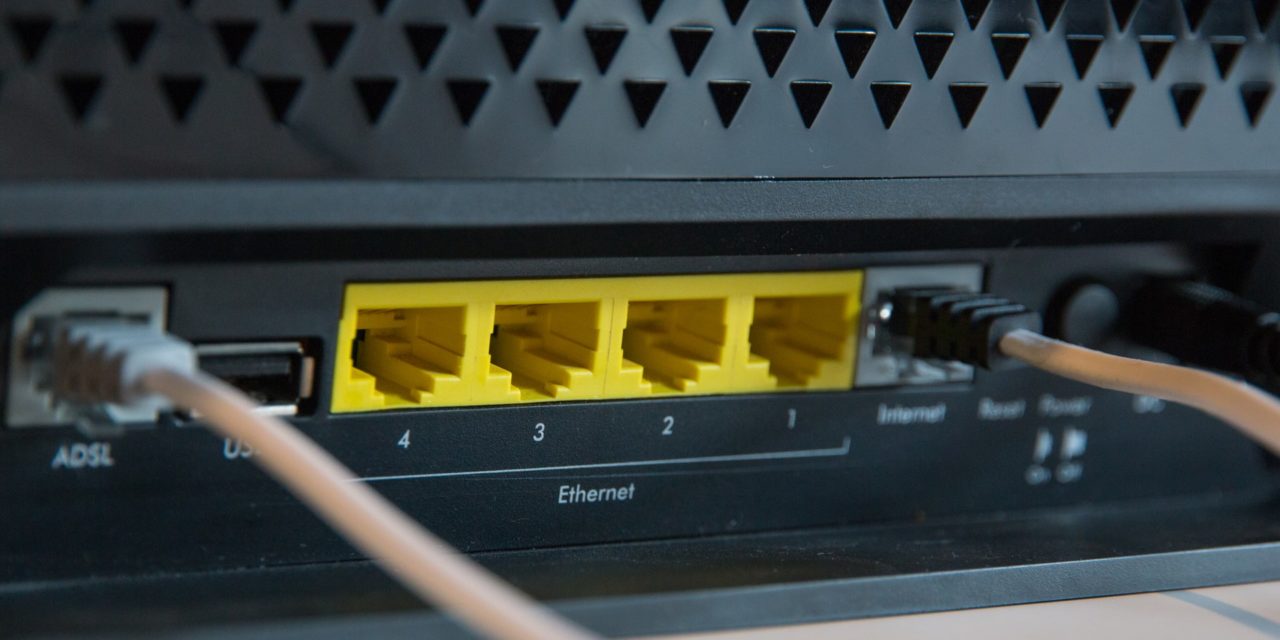[ad_1]
A simplified summary of the specs for the most common categories in use today can help you determine what is right for you.
FREQUENCY-DISTANCE
Category 5-100 mbps-100 meters (328 feet)
Category 5e-1 Gigabit/sec-100 meters (328 feet)
Category 6- 3 Gigabit/sec-100 meters (328 feet)
Category 6A- 10 Gigabit/sec-100 meters (328 feet)
If you have very short runs, you may be able to use the cable at a lower rating than officially required. For example, on a 10 Gigabit application it is usually possible to go up to 35 meters on a Category 6 cable. Another possible application is a 30 foot run at 3 Gigabit on a Cat 5e cable which should work correctly because its such a short run. If you have the luxury of trying out short applications you may be able to operate with cable rated at one lower category than the 100 meter rated cable for the required speed.
There are also considerations when the cable runs near power lines or fluorescent lights where there is a possibility of increased crosstalk, that may have to be dealt with. In a well designed Data Center cable layout, there are often 4 separate layers of cables including copper cables, fiber cables, power cables, and ground lines. Certain cable layouts have crosstalk considerations that can indicate the use of (ScTP) overall shielded pairs, or (STP) shielded pairs and overall shielding rather than (UTP) unshielded twisted pair cable.
Installation is also very important to make sure that the system supplies the standards that the components are designed to. Sloppy punch downs on the 110 Patch Panels may effect the system operation.
Also a Cat5E Jumper put serially into a system of Cat 6 cable components will bring the entire Cat 6 run down to a Cat 5e level or less.
Finally it is important to design the data system with the future requirements in mind. If the system will have to be upgraded in the foreseeable future to handle higher frequencies or longer runs or a combination of both, it is usually much more costly when the labor charges are taken into consideration to have to make any major changes. Therefore the level of cable should include the increased capability required in the future, on the initial installation.
[ad_2]
Source by Mike Jarrett

